Convection heaters are an excellent choice for homeowners seeking reliable, efficient and low-cost heating solutions. These heaters are designed to distribute warmth evenly throughout a room, providing a quiet, energy-conscious way to maintain a cozy indoor environment.
Whether you’re heating a bedroom, living room, or office, convection heaters offer consistent warmth by naturally circulating air, often without the noise or complexity of fans. Let’s delve into how convection heaters operate, their benefits, and why electric models are especially appealing for modern homes.
What is a convection heater?
A convection heater warms spaces by naturally circulating air. As the heating element warms the air, it rises, while cooler air is drawn in at the base to repeat the cycle. This process occurs silently in most models, though some include fans for quicker heat distribution. Electric convection heaters are particularly popular for their clean energy use and consistent performance, making them ideal for maintaining steady temperatures in frequently used spaces like bedrooms and living areas.
Some advanced convection heaters incorporate features like thermal masses, which store and gradually release heat, maintaining warmth even after the heater is turned off. Heating elements may vary, with some models using metal coils, nickel-chromium wire, ceramic components, or thermal liquids to maximize efficiency.
How a convection heater works
Convection heaters rely on the natural movement of air to circulate warmth. Cool air from the room enters the heater, passes over the heating element to increase its temperature, and is then released as warm air. This creates a continuous cycle that evenly heats the space. While most convection heaters operate quietly without a fan, certain models include one to expedite heat distribution, offering more rapid results when needed.
Are convection heaters efficient?
When evaluating heating options, energy efficiency and operating costs are key considerations. Convection heaters provide steady, uniform warmth, and understanding their energy usage can help you decide if they’re the right fit for your home.
Most convection heaters operate at power levels ranging from 1500 to 2500 watts and are suitable for heating small to medium-sized rooms. To minimize costs, these heaters are best used in well-insulated rooms or for targeted heating during specific hours.
Energy-saving features like built-in thermostats and programmable timers can further enhance efficiency. These features let you maintain a comfortable temperature without continuous operation, reducing both energy use and expenses.
Smart convection heaters take convenience a step further by offering Wi-Fi connectivity, allowing you to control heating schedules and temperatures remotely through a smartphone.
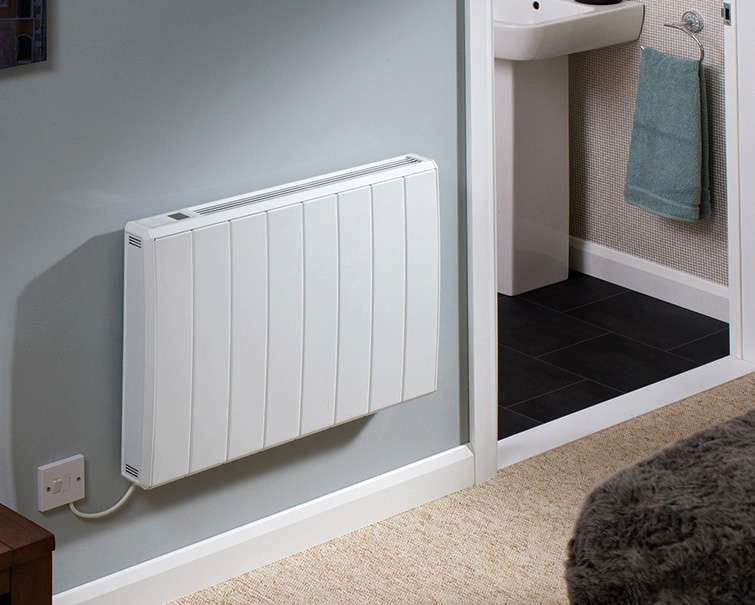
Tips for reducing heating costs
To maximize the efficiency of your convection heater:
- Seal drafts: Ensure windows and doors are properly sealed to prevent heat loss.
- Use heavy curtains: Thermal curtains can help retain warmth in heated spaces.
- Close unused rooms: Focus heating on occupied areas to avoid wasting energy.
- Choose the right model: If insulation is an issue, consider heaters with ceramic elements or thermal mass for better heat retention.
Why choose a convection heater?
Convection heaters may use more electricity than heat pumps or radiant heaters in certain scenarios, but they excel in affordability, ease of use, and reliability. They’re particularly effective for supplemental heating or maintaining warmth in specific areas of your home. Though they take longer to heat up than radiant heaters, convection heaters can efficiently warm larger spaces over extended periods. For instance, if your kitchen tends to be colder than the rest of your home, a convection heater can keep it comfortably warm throughout the day.
By selecting a convection heater suited to your space and using it strategically, you can enjoy a balance of comfort and cost-efficiency. Whether you’re upgrading your current heating system or looking for a supplemental solution, convection heaters offer a practical option for modern homeowners.
Now you know about the transition away from gas heating in homes. Learn more about reducing your home carbon footprint and energy efficient home building in the Ecohome Green Building Guide.
Find more about green home construction and enjoy the benefits of a free Ecohome Network Membership here! |
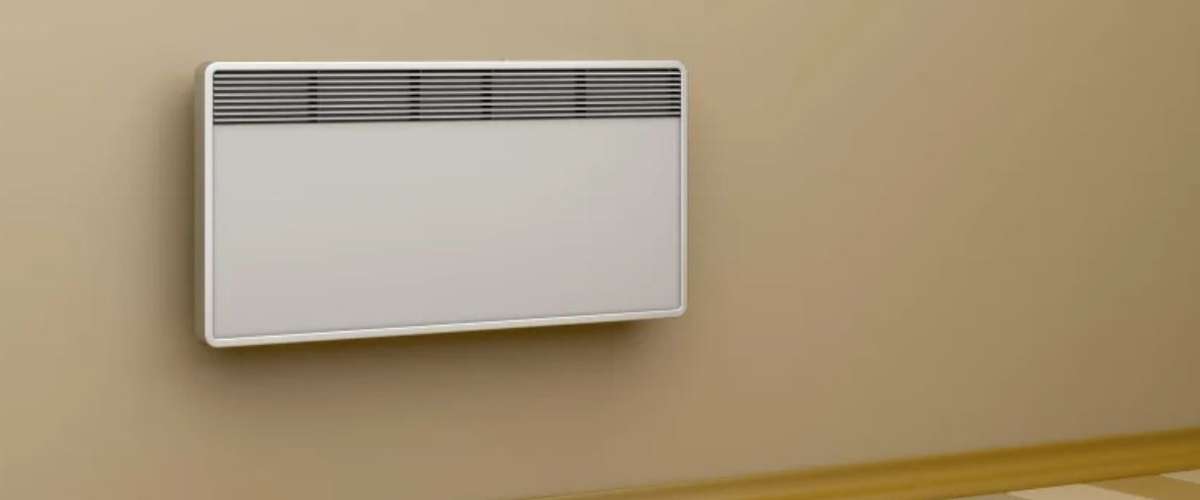



















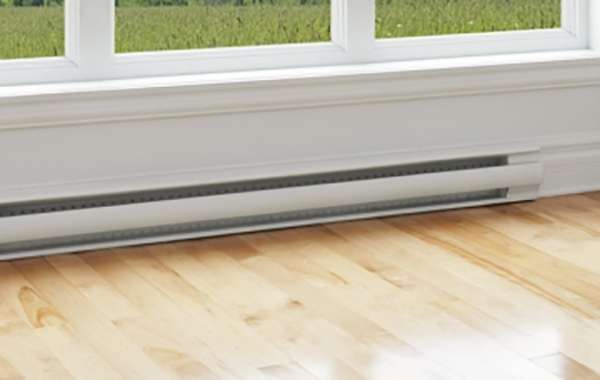
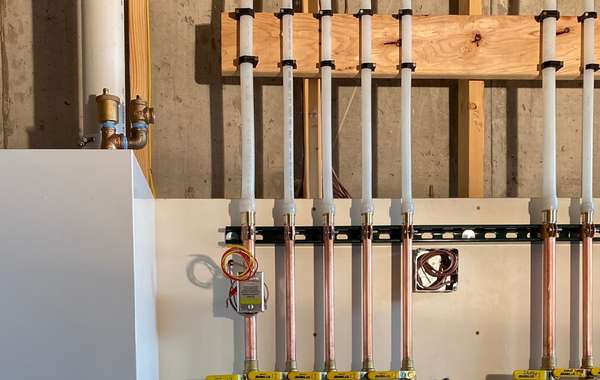
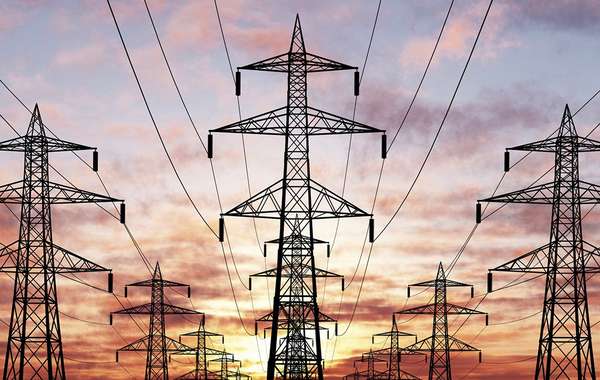
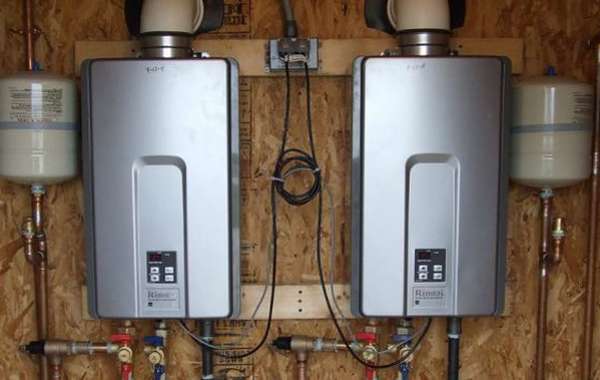
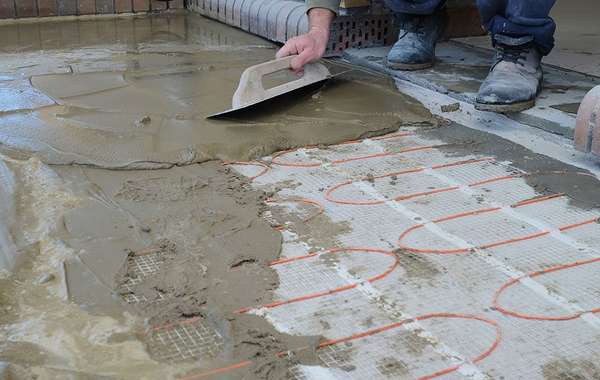
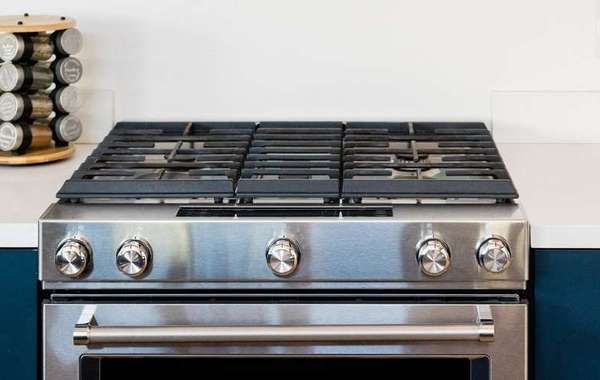

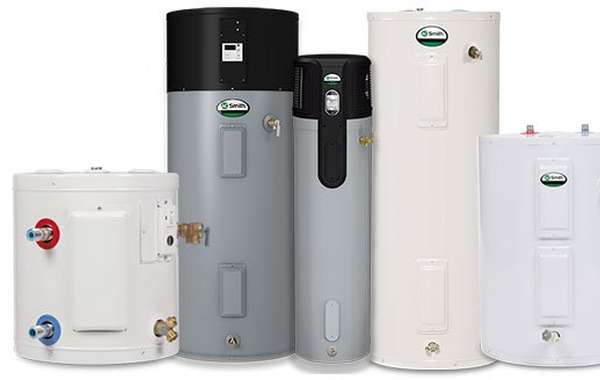
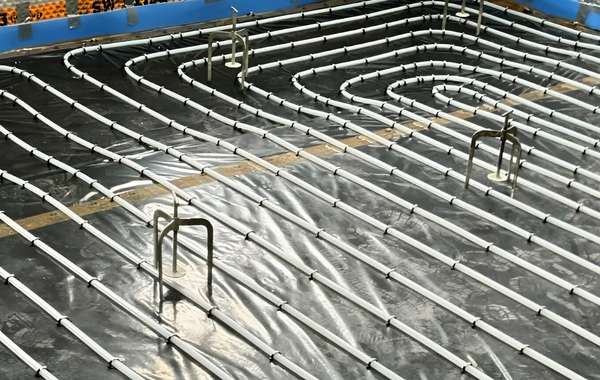
Comments (0)
Sign Up to Comment